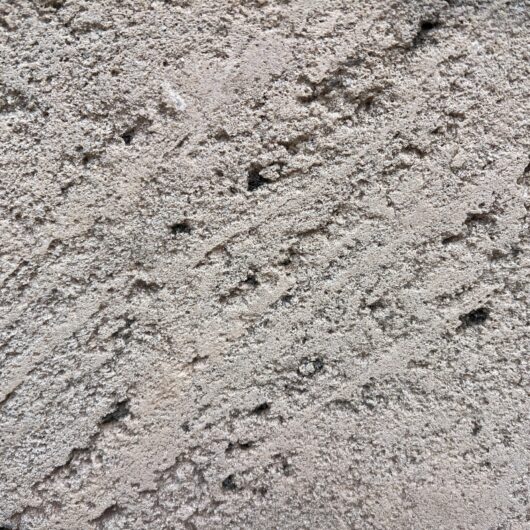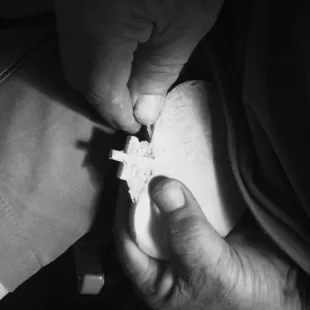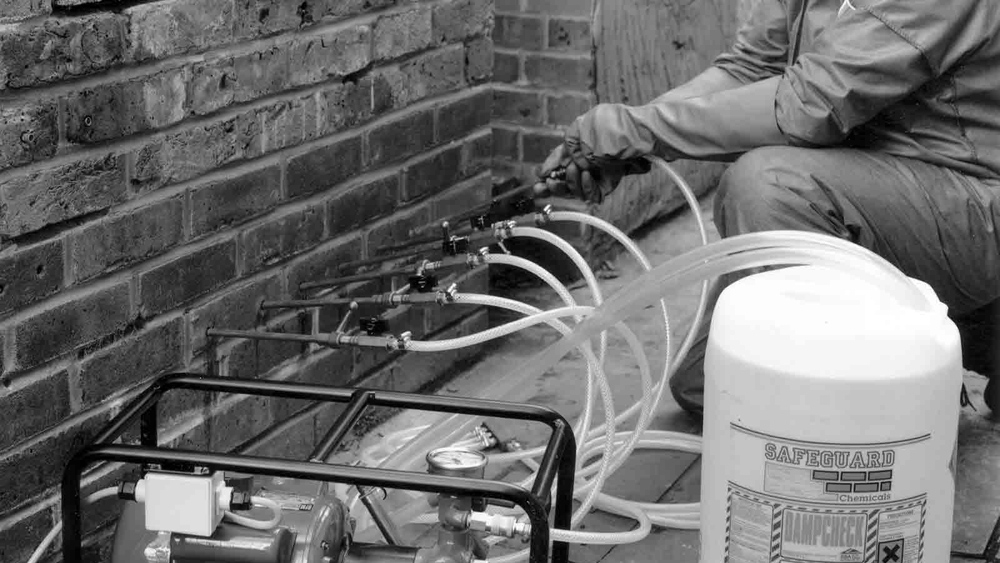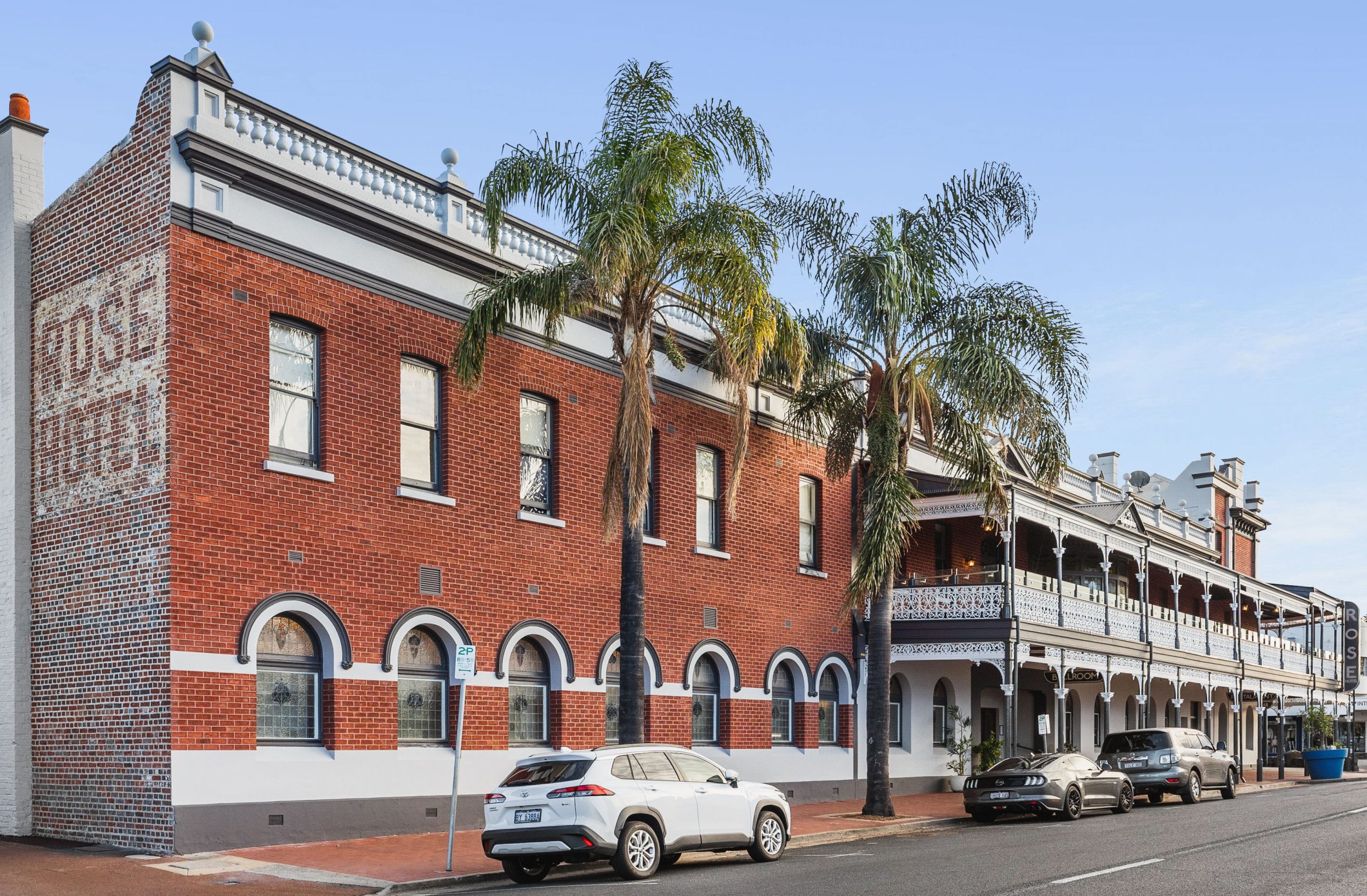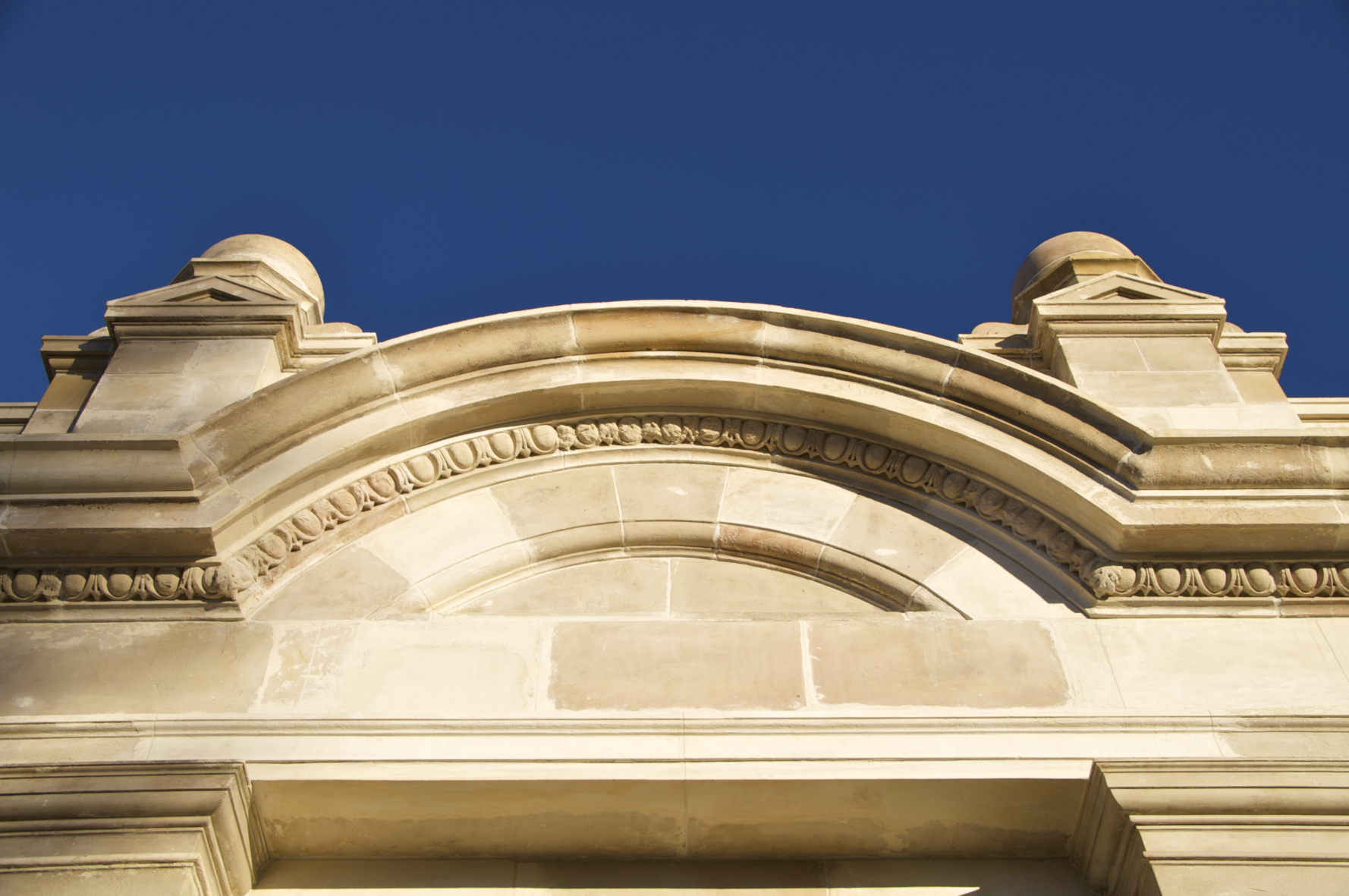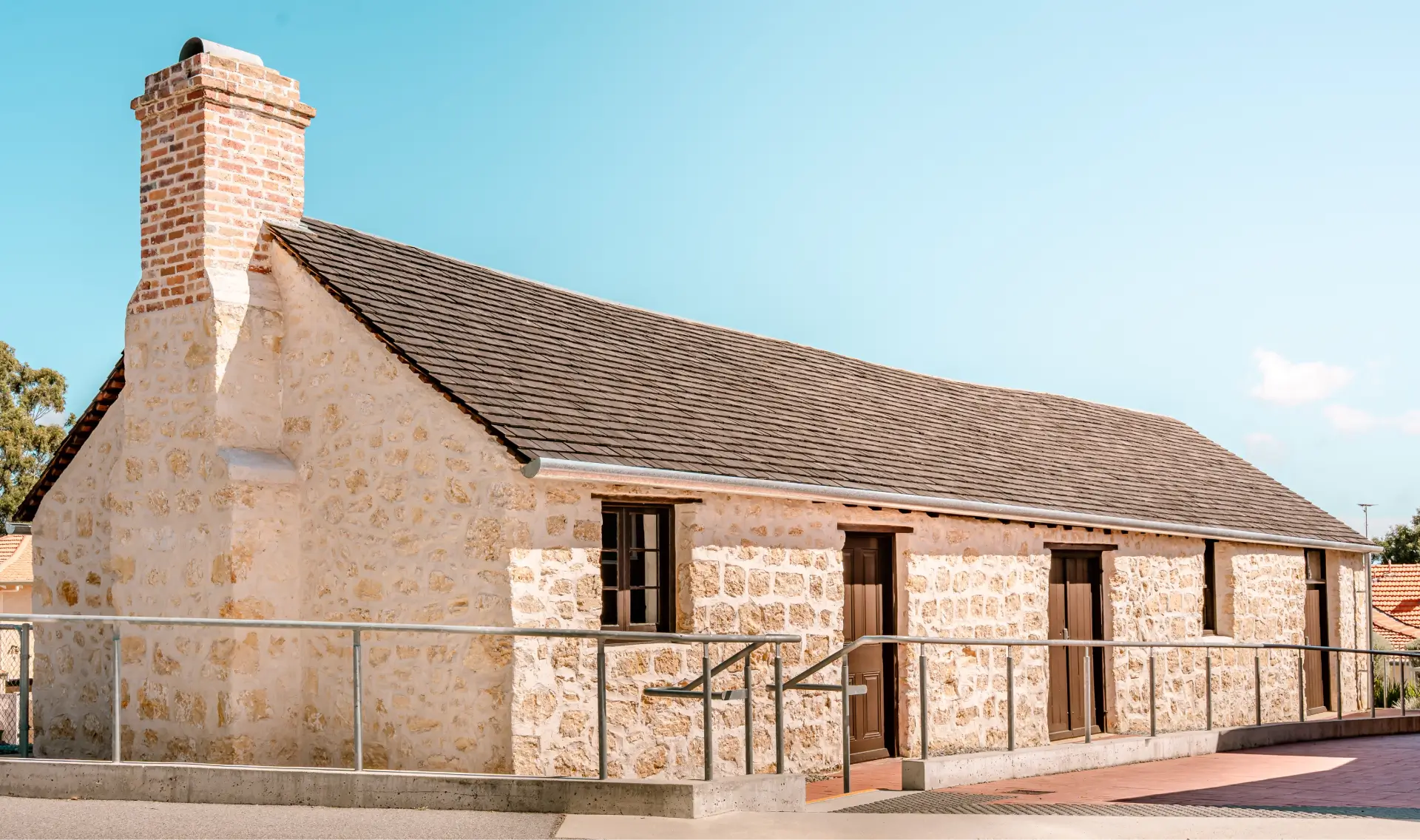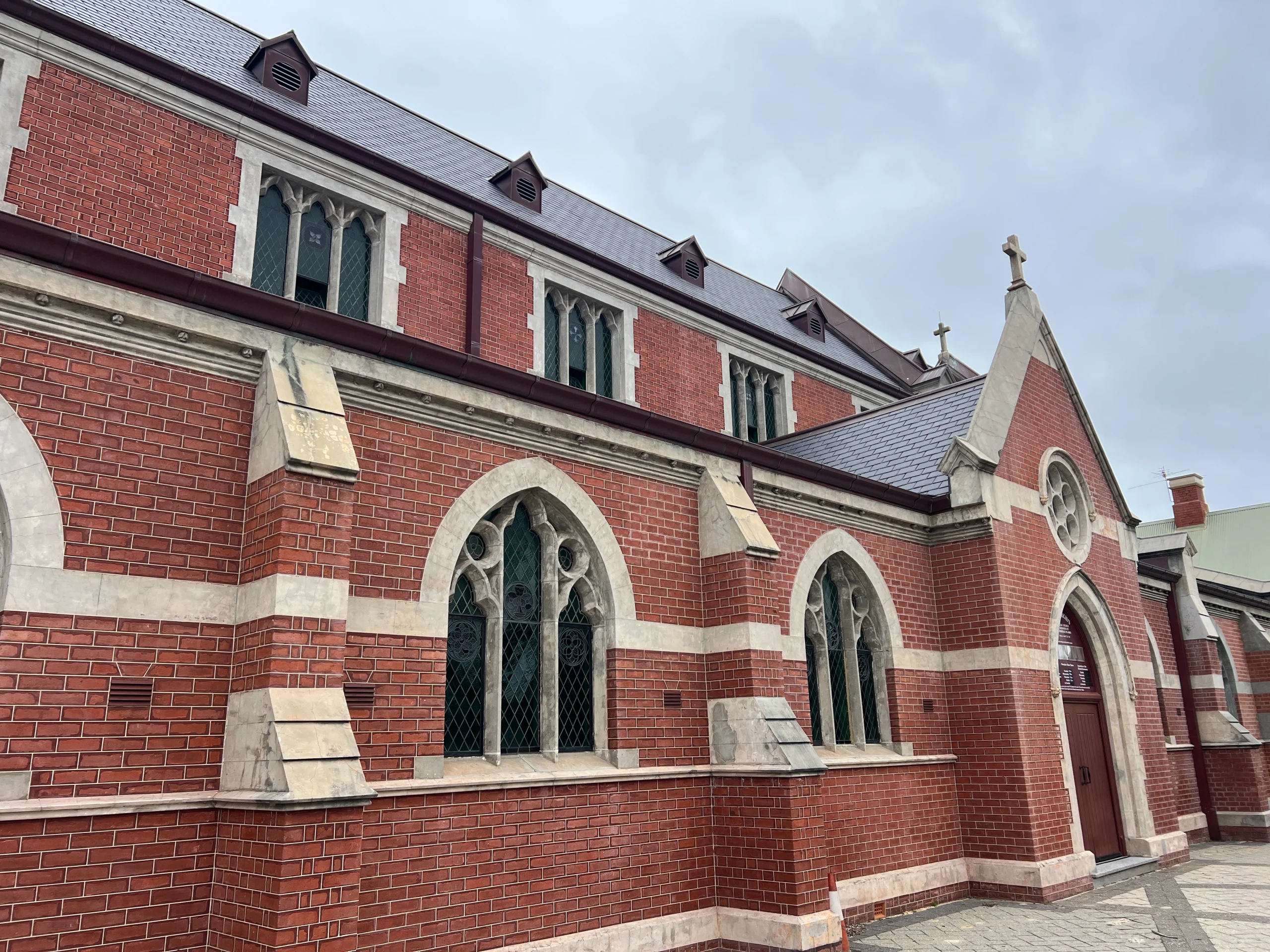The Problem
A significant issue facing our heritage buildings is rising and / or falling damp, and the associated problem of salts that cause significant damage to masonry substrates, unsightly damage to plaster and paintwork, and can also cause mould. Historical construction methods often exacerbate moisture related issues including the use of porous materials like sandstone, limestone, poorly fired and hence soft clay bricks, and no effective, or a seriously deteriorated damp proof barrier.
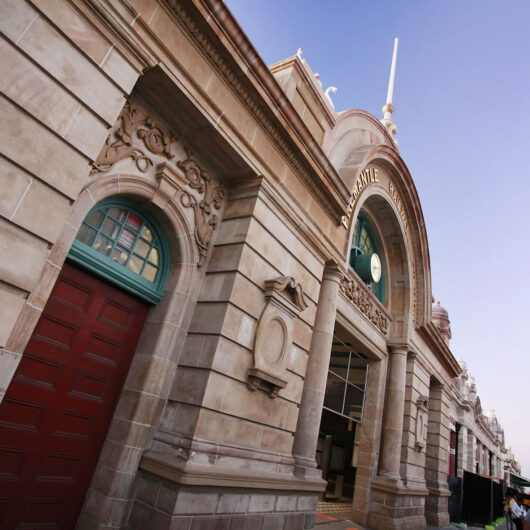

Our Knowledge
We will complete a comprehensive assessment to establish what is the cause, or, causes of the problem before recommending any course of action. Addressing, or at least mitigating these ‘root causes’ is the crucial first step before the execution of any of the damp proofing solutions.


Damp proofing
Damp proofing involves creating barriers to prevent moisture from rising via capillary action through porous masonry walls. The individual circumstances will determine whether a traditional method such as installing a physical damp-proof course like an Alcor flashing in the masonry, or a modern techniques like chemical injection damp-proofing is most appropriate. Chemical injecting damp proofing involves injecting, generally under pressure, a water-repellent solution into masonry to form a moisture-resistant barrier, preserving the building’s original fabric while effectively mitigating rising damp.


Our Timelines
The varying nature of masonry, its thickness, where it is located, and the extent of the damp issues faced will all affect the length of time for the masonry to properly dry out. During this drying out period which can last over 12 months, a sacrificial render may be required, especially if salts are present, before the final finishing of the wall can be completed. We can provide you with realistic time frames and outcomes in these situations.


Salt Extraction
Salt extraction is equally vital, as salts carried by moisture crystallise within masonry, causing efflorescence and spalling. Non-invasive techniques, such as poulticing, are commonly employed. Poultices made from absorbent materials draw out salts from the substrate without damaging the surface. Additionally, breathable lime-based renders or sacrificial plasters including proprietary systems from St Astier Lime in France are applied to protect walls while allowing salts to migrate outward safely.

Selected Projects
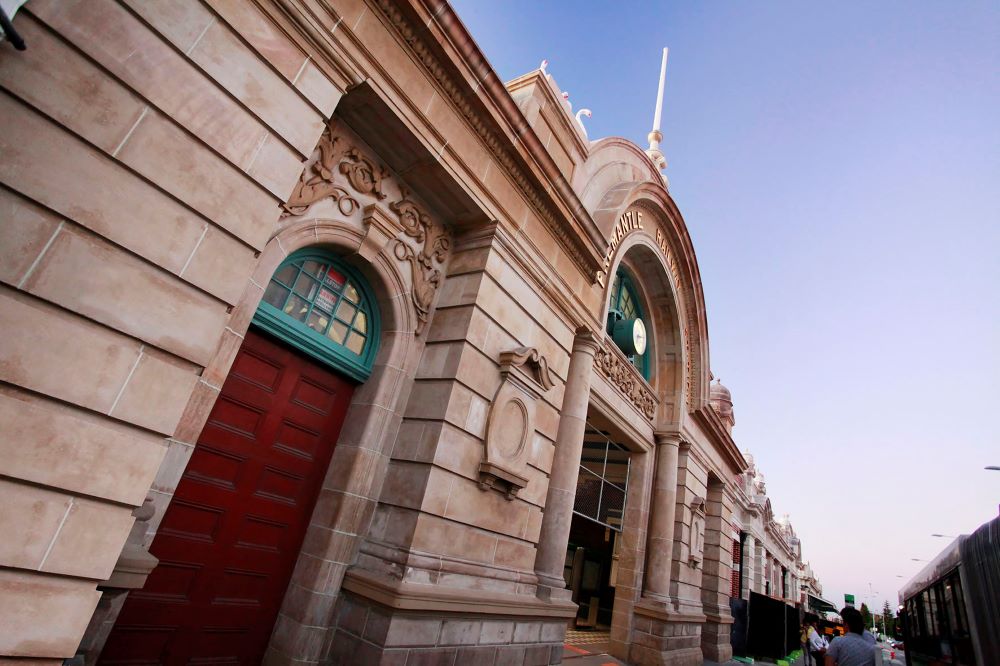


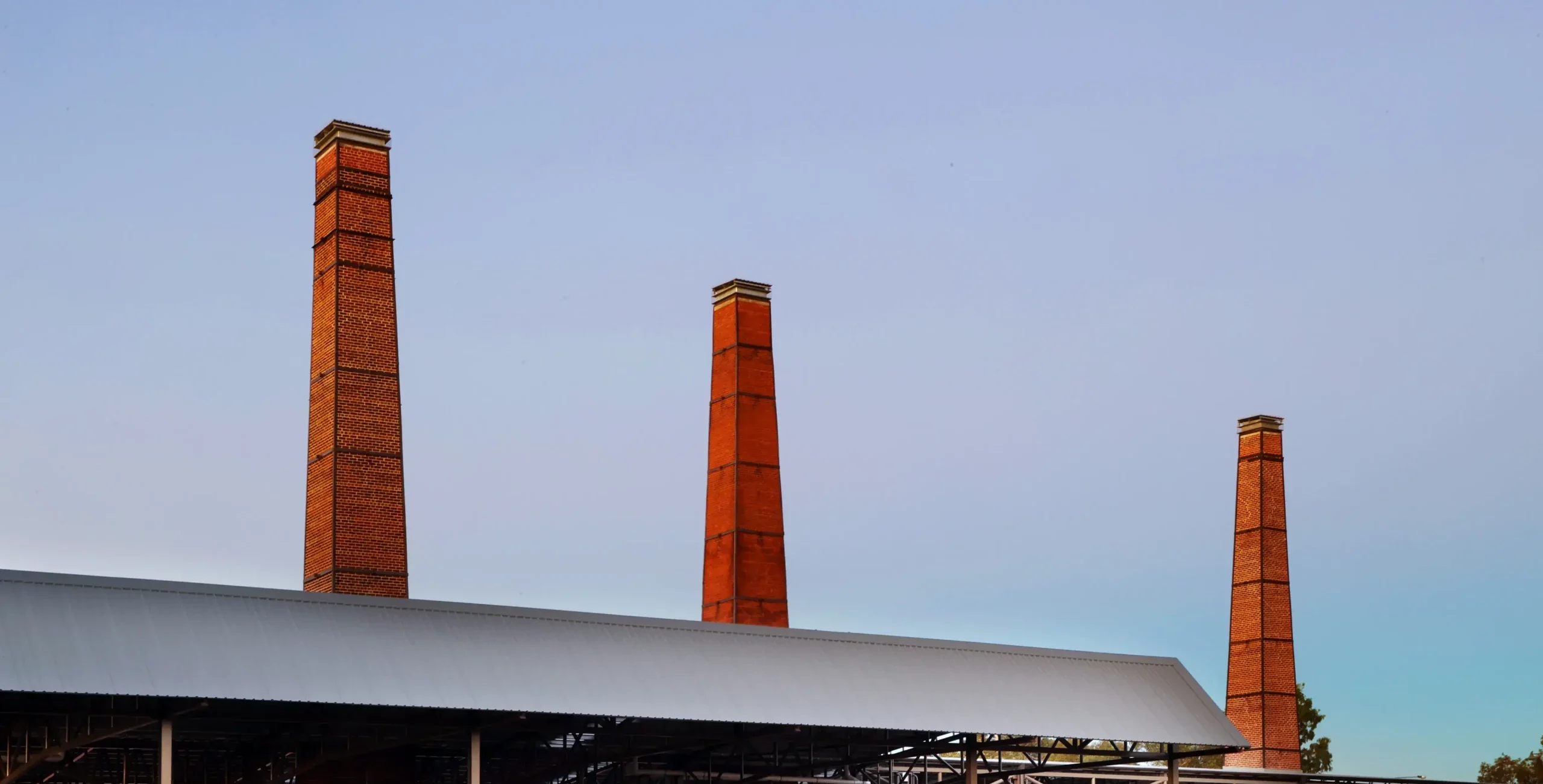
The Colgan Approach
Whether we’re project managing, or contracting for a specific skill, we take the time to explore the materials to be restored, conserved, remediated or transformed. We work collaboratively with other experts and manage the needs of multiple stakeholders.
